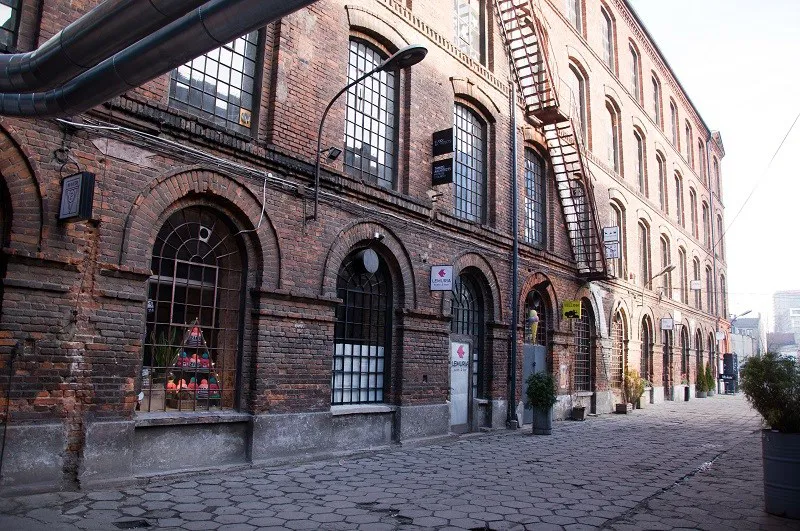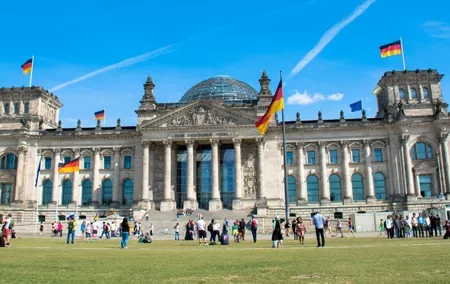Having visited Łódź once before, I wasn't expecting anything out of the ordinary from my second trip to this city. Fortunately, my expectations were not met. If you're a fan of cities with contrasts, welcome to "Łódź," which translates to "Boat" in English.
By "contrast" cities, I mean those that leave ambiguous impressions and surprise you with how ancient, abandoned buildings have coexisted for many years with masterpieces of architecture nearby.
According to legend, the city was founded on the marshy banks of the Bzura river by the hardworking son of a beekeeper, Janusz, who, along with his beloved Sara, set off in a boat searching for a new place to start a family. At one point, the boat, as if laden with stones, ceased to heed control and stopped at the shore. It was here that Janusz began a new life, laying the foundation for the future city, which owes its name to that stubborn boat.
The city developed rapidly, and its population grew quickly. In the first half of the 19th century, it began to thrive in textile production, and Łódź now held the status of a factory city. More and more craftsmen were arriving; new factories were emerging everywhere, famous for the introduction of the newest (for those times) technologies.
Walking around the city today, we have the opportunity to see the extent to which production in Łódź has grown. Beautiful brick buildings of huge enterprises decorate the city, giving it a unique flavor. Many factories are no longer used for their original purpose but are involved in various youth and social projects, serving as offices or urban infrastructure facilities. Do not hesitate to enter the courtyard of what appears to be an abandoned factory. If you look closely, you can see that inside the building, there are shops, interesting cafes, and much more.
The jewel of Łódź is considered to be Piotrkowska Street, which, after the Germans arrived, was named Adolf Hitler Strasse. Each building here is beautiful in its own way and unique in its architectural solution. And in front of the city's most famous hotel, Grand Hotel, we will see the Polish Walk of Fame with stars of many renowned Polish cinema figures.
However, turning off Piotrkowska and moving a few hundred meters away from the main city attraction, do not be surprised by what you see. Yes, those dilapidated old houses are indeed very close. And yes, people still live in them. A clear division of residents into classes began here when it became evident that the small city was unable to accommodate the rapidly growing number of newcomers. In 1908, the city, which already had a population of 340 thousand people, covered the same area as when it had 13 thousand. Łódź was one of the most densely populated industrial cities in the world (13,280 people/km2.) As a result - chaotic construction of vacant territories began, devoid of any communications and amenities.
However, it is worth noting that local authorities and activists are doing a lot to improve the city's appearance. Much of this has already been achieved. A bright example of successful cultural projects is the Galeria Urban Forms - a series of murals, created by famous Polish and foreign artists. By using a specially created interactive map, we can go on a tour in search of 30 huge paintings on the walls of ordinary houses.
There is a lot of interest in Łódź for lovers of history and classical art. This multicultural city will tell you about the history of Germans, Jews, and Roma living in its territory before the war. Tragic pages of the German occupation times, the brutal suppression of 300,000 Jews in death camps, inhumane sufferings of 12,000 Polish children - all this is an integral part of the city's history.
It is definitely worth adding at least one or two museums, a botanical garden, or one of the cozy city parks to your Łódź visit plan, as well as a huge shopping center in the building of (surprisingly) a former factory (if not for shopping, then at least to get acquainted with one of the most popular and frequently visited entertainment facilities in the city).
Have a pleasant trip!


